Clicker Training For Dogs: How To Bring Out The Best In Your Dog

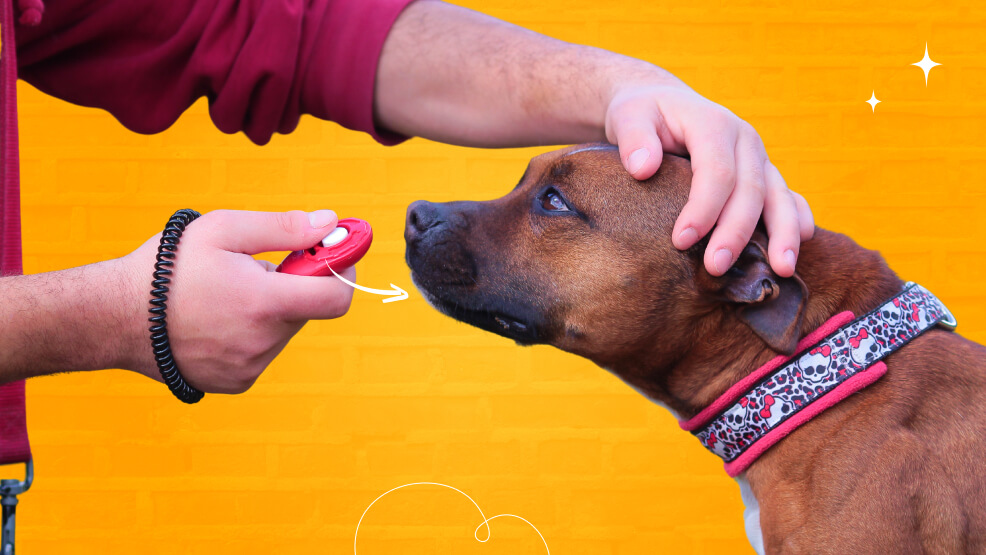
You have probably come across the term ‘clicker training’ while researching dog training techniques and wondered what it means. Clicker training for dogs is a positive reinforcement-based training method that uses a small handheld device called a clicker to mark desired behaviors in dogs.
It’s a fun, engaging, and highly effective way to communicate with your furry friend and teach them new tricks or reinforce good behavior.
The clicker produces a distinct “click” sound that bridges the desired behavior and the reward (usually a tasty treat). By clicking at the precise moment your dog performs the desired action, you mark that behavior as something you want to reinforce.
This clear communication helps your pup understand exactly what they’re being rewarded for, making the learning process more efficient and enjoyable for both of you. We have talked about this training method in detail below:
How Does Clicker Training Work?

Clicker training is based on the principles of operant conditioning, which means that rewarded behaviors are more likely to be repeated in the future. When you click and treat your dog for a specific action, you’re reinforcing that behavior, making it more likely that they’ll repeat it in the future.
Here’s a simple breakdown of how clicker training works:
- You present a cue or prompt for the desired behavior.
- Your dog performs the desired behavior (even accidentally at first).
- You click the clicker immediately after the behavior occurs.
- You reward your dog with a treat or praise.
Over time, your dog learns to associate the click sound with the reward, and they’ll become more motivated to perform the desired behavior to earn that reward.
Benefits of Clicker Training for Dogs
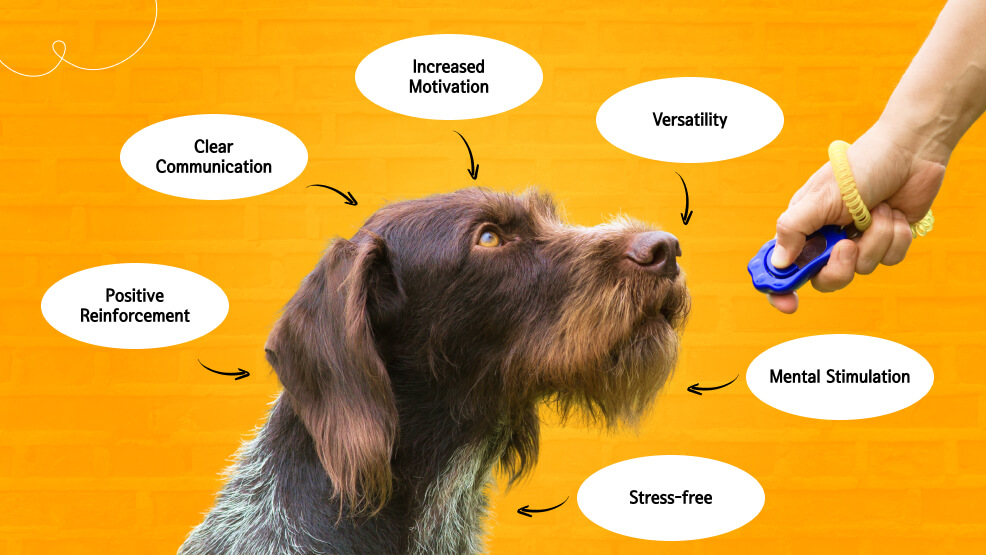
Clicker training for dogs offers numerous benefits for both dogs and their owners. Here are just a few:
- Positive reinforcement: Clicker training is a force-free, positive reinforcement-based method that promotes a strong bond between you and your dog.
- Clear communication: The click sound provides clear and precise communication, helping your dog understand that rewarded behavior is more likely expected from them.
- Increased motivation: Dogs tend to be more engaged and motivated during clicker training sessions, as they quickly learn that their efforts lead to rewards.
- Versatility: Clicker training can be used to teach a wide range of behaviors, from basic obedience commands to complex tricks.
- Mental stimulation: The learning process involved in clicker training provides mental stimulation and enrichment for your dog, helping to prevent boredom and destructive behaviors.
- Stress-free: Clicker training is a stress-free and enjoyable experience for both you and your dog, as it relies on positive reinforcement rather than punishment or scolding.
Getting Started With Clicker Training: Here is What You Need
To get started with clicker training, you’ll need a few essential items:
- A clicker: This small, handheld device produces the distinct “click” sound that marks desired behaviors.
- Tasty treats: Choose small, soft, and smelly treats that your dog loves. Break them into pea-sized pieces for easy delivery during training sessions.
- A treat pouch or bag: This will allow you to keep treats close at hand and easily accessible during training.
A Step-by-Step Guide to Clicker Training
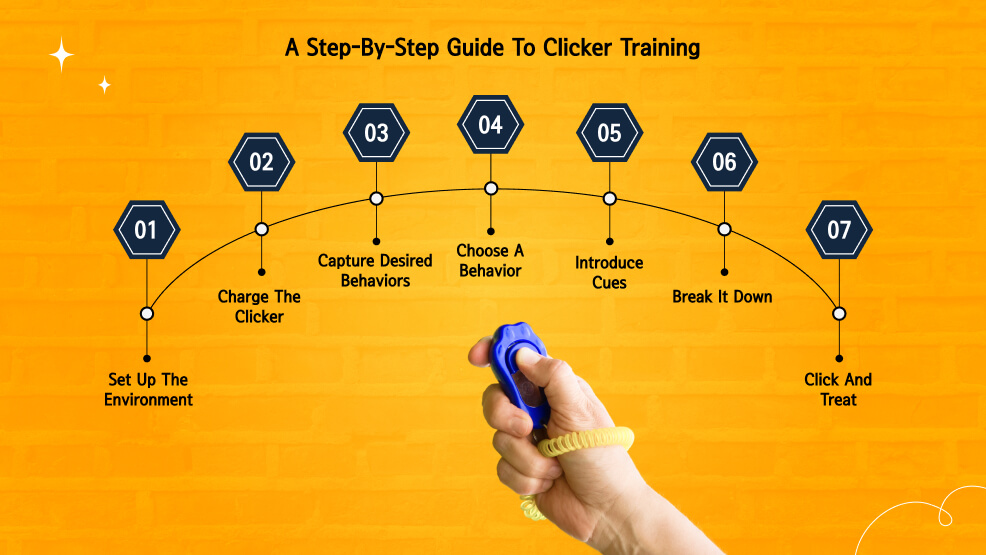
Once you have your supplies, follow these steps to introduce your dog to clicker training:
Step 1: Set Up the Environment
Choose a quiet, distraction-free area for your training sessions. Ensure you have your clicker, treats, and any necessary props or equipment ready.
Step 2: Charge the Clicker
Start by “charging” the clicker, which means teaching your dog that the click sound predicts a treat. Click the clicker and immediately give your dog a treat. Repeat this process several times until your dog associates the click with the treat.
Step 3: Capture Desired Behaviors
Once your dog understands the click-treat connection, start “capturing” desired behaviors. Click and treat when your dog performs a behavior you want to reinforce, such as sitting, lying down, or making eye contact.
Step 4: Choose a Behavior
Decide on the behavior or trick you want to teach your dog. Start with something simple, like “sit” or “touch” (touching their nose to your hand).
Step 5: Introduce Cues
After your dog has learned to associate the click with the reward, you can start introducing cues or prompts for specific behaviors. For example, say “sit” before your dog sits, and click and treat when they perform the behavior.
Step 6: Break It Down
Break the behavior down into smaller, manageable steps. For example, if you’re teaching “roll over,” you might start with “lie down,” then “lie on your side,” and finally “roll over.”
Step 7: Click and Treat
When your dog performs the desired behavior (or even a small step towards it), click the clicker and immediately give them a treat.
Step 8: Practice Regularly
Consistency is key in clicker training. Set aside short, frequent training sessions (5-10 minutes) throughout the day to reinforce the behaviors you’re working on. Gradually introduce distractions and practice the behavior in different environments to help your dog generalize the skill.
Remember, clicker training for dogs should be a fun and positive experience for both you and your fur baby. Keep sessions short and engaging, and always end on a positive note.
Fun Tricks to Teach Your Dog Using Clicker Training
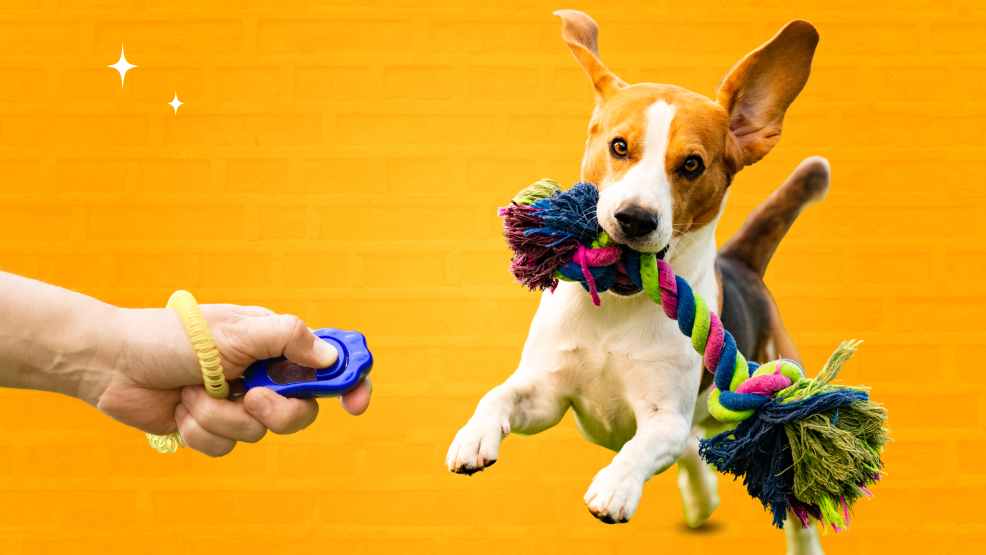
Clicker training is an excellent way to teach your dog a variety of fun and impressive tricks. Here are a few ideas to get you started:
- Roll over: This classic trick is a great way to showcase your clicker training skills. Break it down into smaller steps, such as “lie down,” “lie on your side,” and “roll over.”
- Spin: Teach your dog to spin in a circle by clicking and treating for small increments of movement in the desired direction.
- Wave: Get your dog to wave their paw by clicking and treating for any slight paw movement, gradually increasing the criteria until they lift their paw in a waving motion.
- Play dead: Start by teaching your dog to “lie down,” then click and treat for any small movements towards rolling onto their side or back.
- Jump through a hoop: Use a small hoop or make one out of a sturdy material. Click and treat for any movement towards the hoop, gradually increasing the criteria until your dog jumps through it.
- Crawl: Click and treat for any small movements towards crawling or slithering along the ground, gradually increasing the distance and duration.
- Retrieve a toy or object: Start by clicking and treating when your dog touches or picks up the desired item, then gradually increase the criteria until they’re bringing it to you.
With patience and consistency, you’ll be amazed at the impressive tricks your dog can learn through clicker training.
Common Mistakes to Avoid in Clicker Training
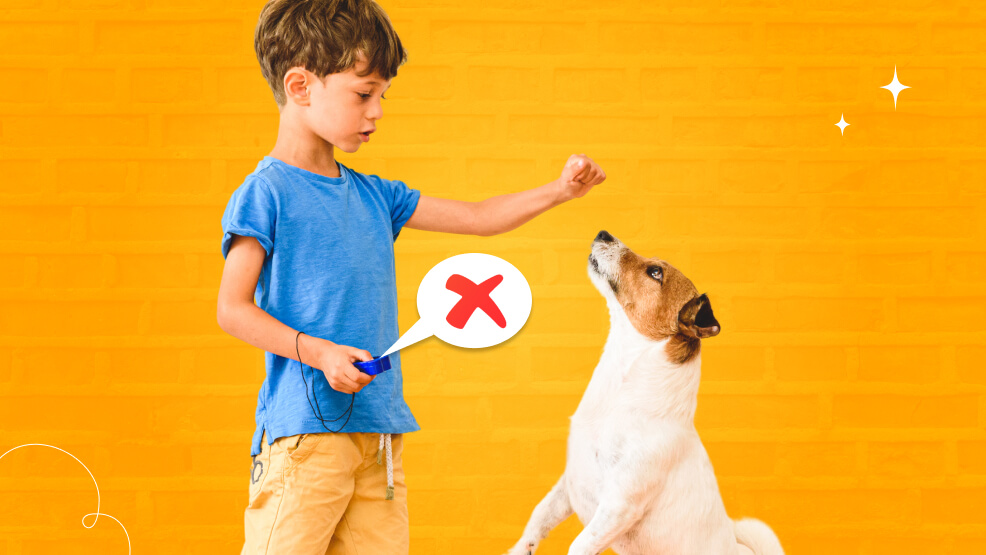
While clicker training for dogs is a fun and effective method, there are a few common mistakes that can hinder progress or confuse your pup. Here are some pitfalls to avoid:
- Inconsistent timing: Timing is crucial in clicker training. If you click too late after the desired behavior, your dog may not understand what they’re being rewarded for. Always aim to click at the precise moment the behavior occurs.
- Not rewarding consistently: Consistency is key in clicker training for dogs. If you sometimes reward behavior and sometimes don’t, your dog will become confused and lose motivation.
- Using the clicker as a cue: The clicker should only be used to mark the desired behavior, not as a cue or prompt. Use separate verbal cues or hand signals to initiate the behavior.
- Rewarding undesired behaviors: Be careful not to accidentally click and treat for behaviors you don’t want to reinforce. Pay close attention to your dog’s actions and only click and treat for the desired behavior.
- Training in distracting environments: Start clicker training in a quiet, distraction-free environment. Once your dog has mastered a behavior, you can gradually introduce distractions and practice in different settings.
- Losing patience or getting frustrated: Clicker training requires patience and consistency. If you or your dog become frustrated, take a break and try again later. Always end training sessions on a positive note.
By avoiding these common mistakes, you’ll ensure a smoother and more effective clicker training experience for both you and your furry friend.
Ready to Unleash Your Dog’s Potential With Clicker Training?
Clicker training for dogs is a fun, positive, and effective way to communicate with your pup and teach them new behaviors or tricks. By using the distinct “click” sound to mark desired behaviors and rewarding the same with treats or praise, you create a clear and engaging learning experience for your furry friend.
From basic obedience commands to impressive tricks like rolling over or playing dead, clicker training for dogs offers endless possibilities for enriching your furbaby’s life and strengthening your bond. With patience, consistency, and a positive mindset, you can unlock your dog’s full potential and enjoy the many benefits of this rewarding training method.
Are you ready to unleash your dog’s potential and embark on an exciting clicker training journey? Start by grabbing a clicker, some tasty treats, and a positive attitude. Trust me, the joy of seeing your dog’s eyes light up as they master new tricks and behaviors is truly priceless.






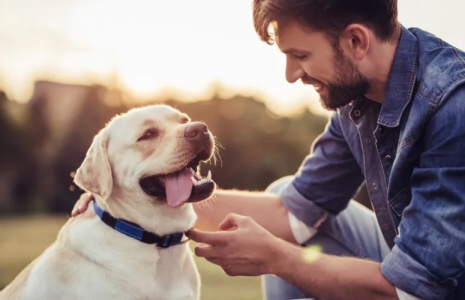
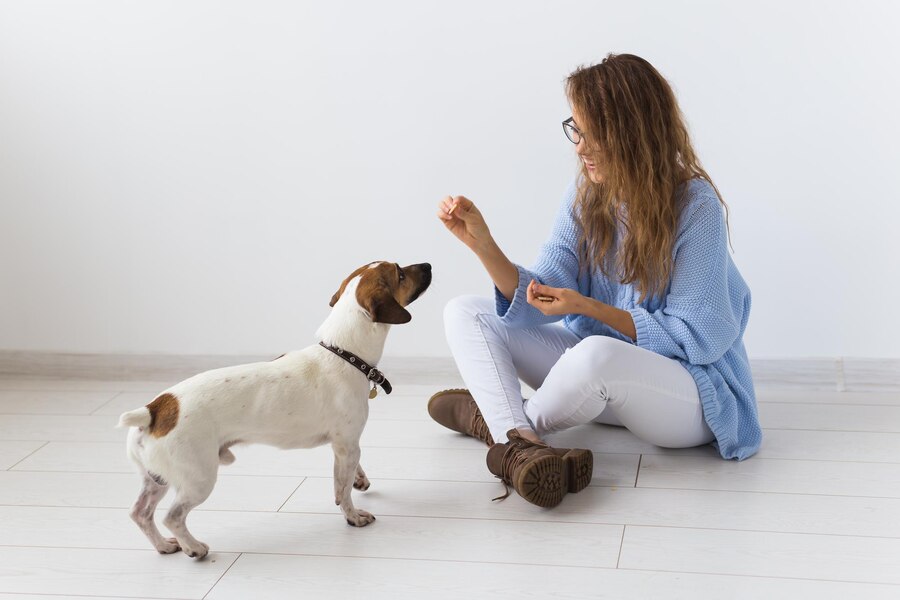

Leave A Comment